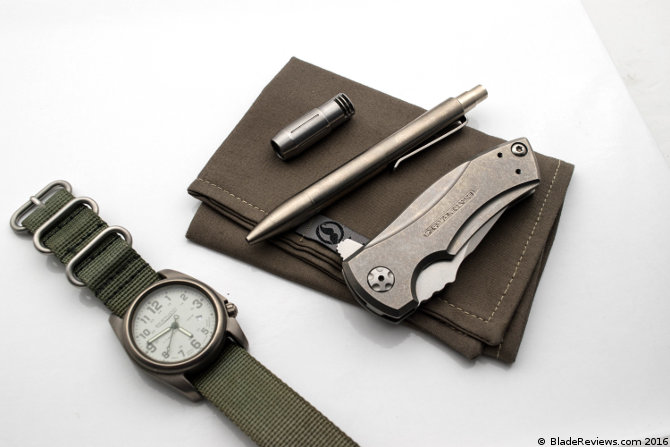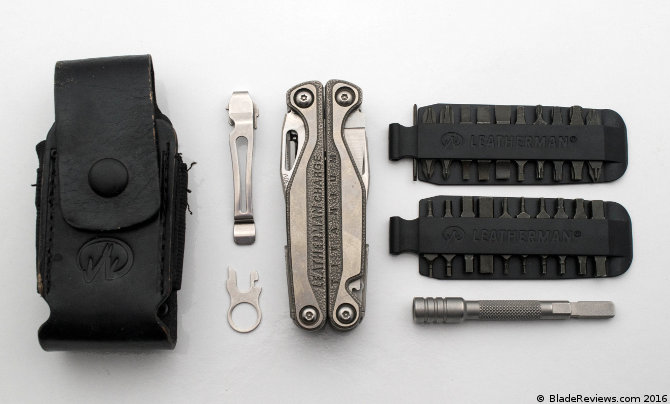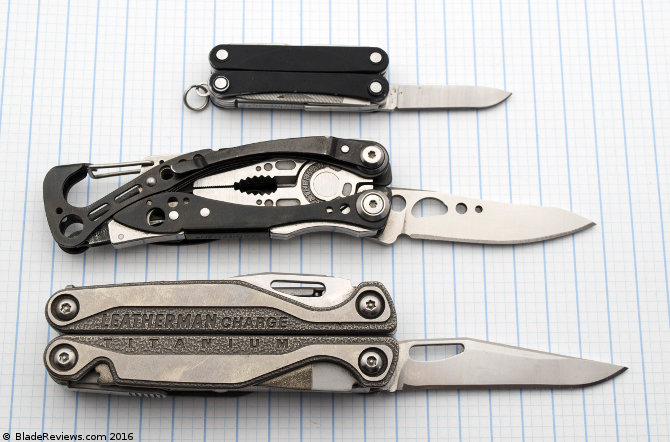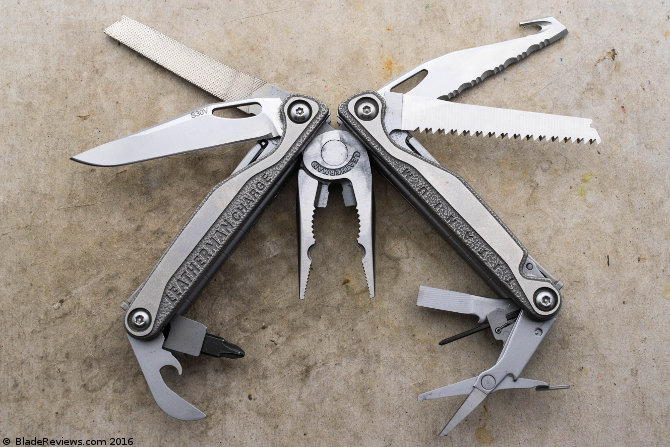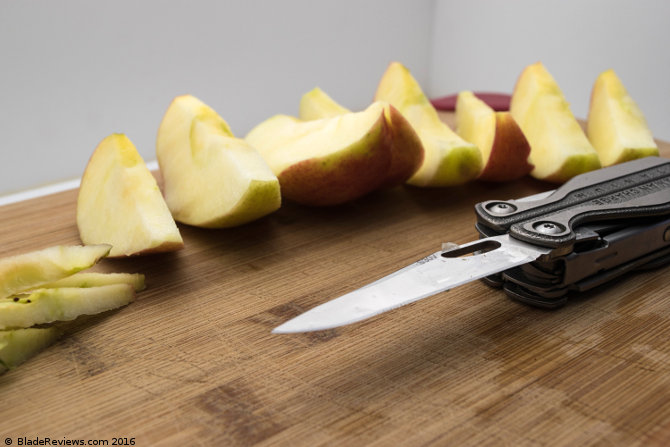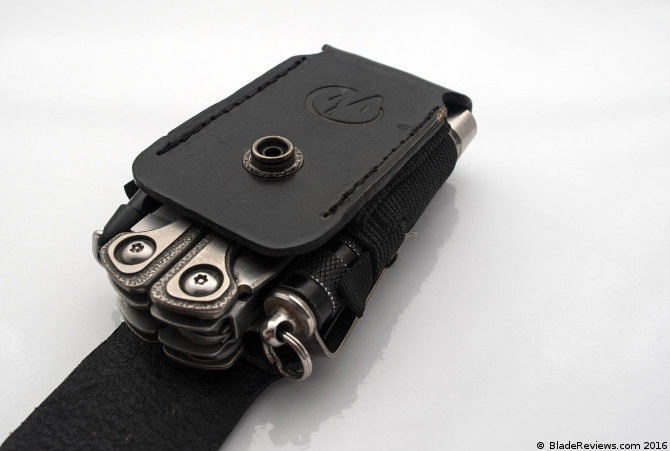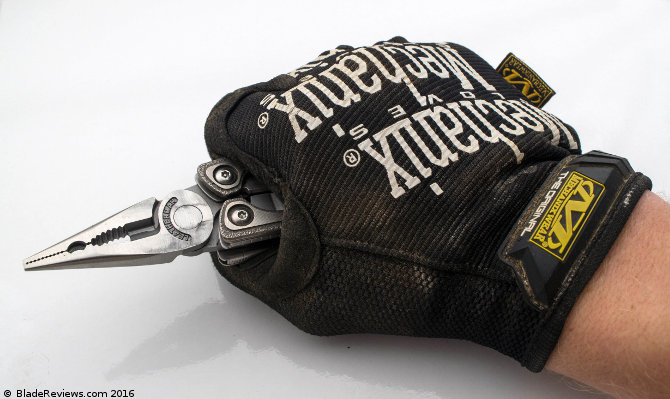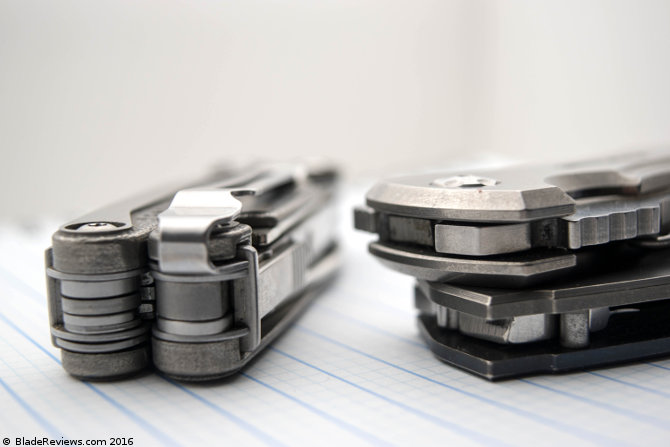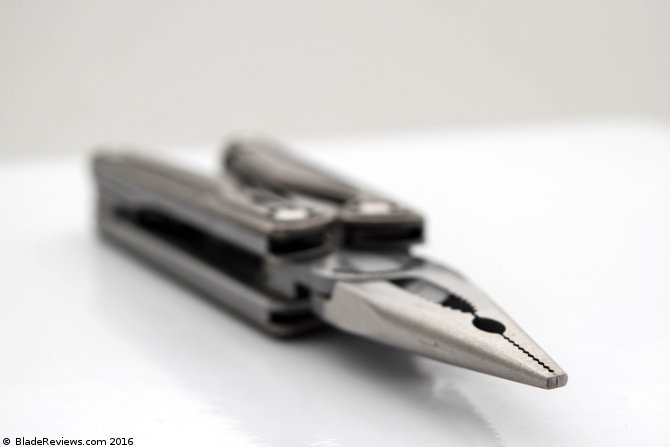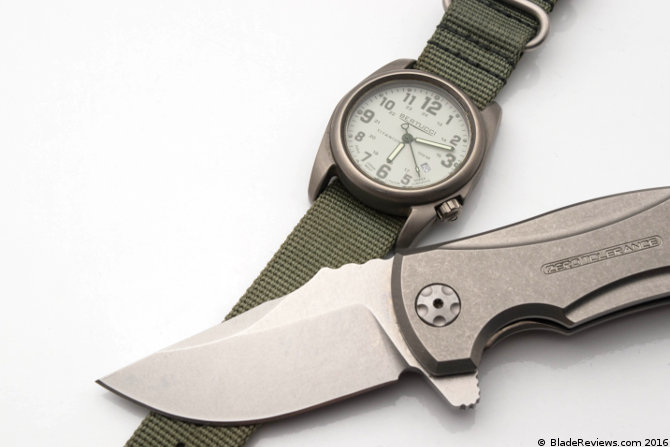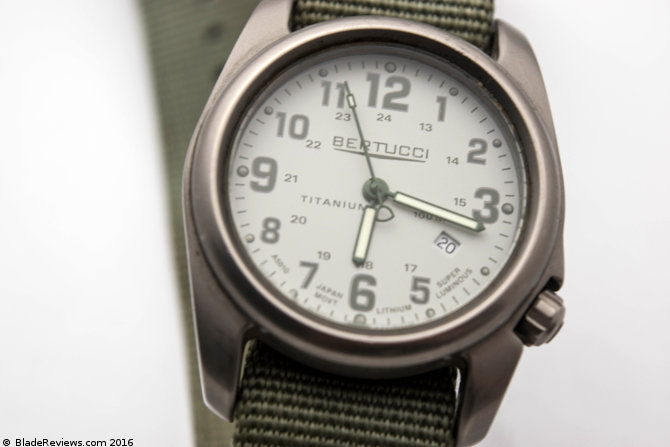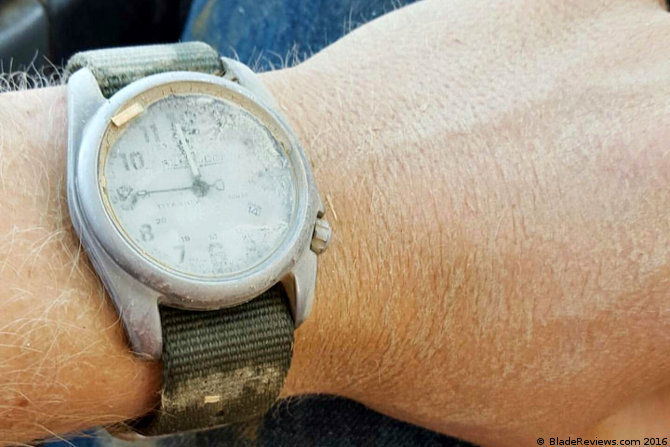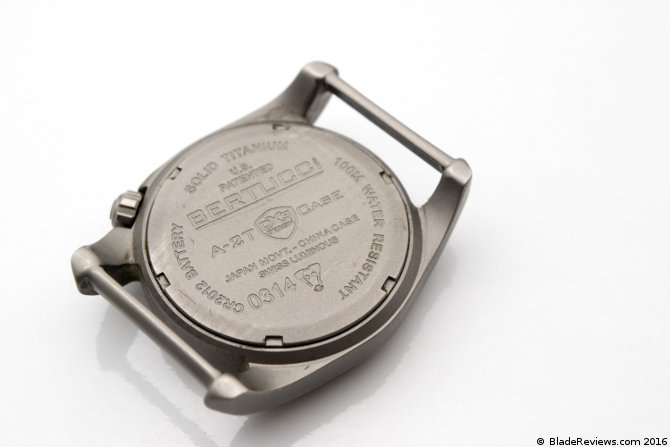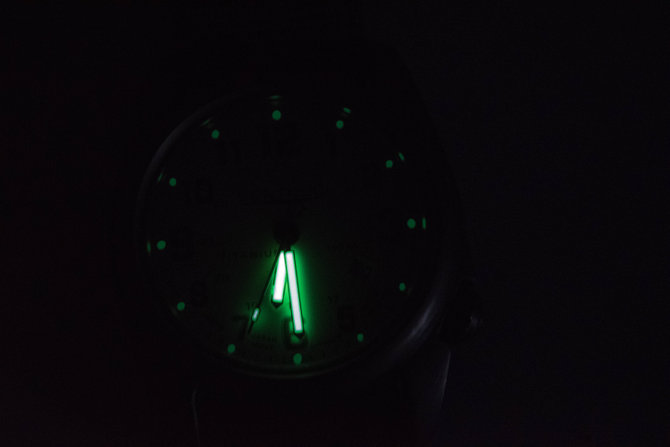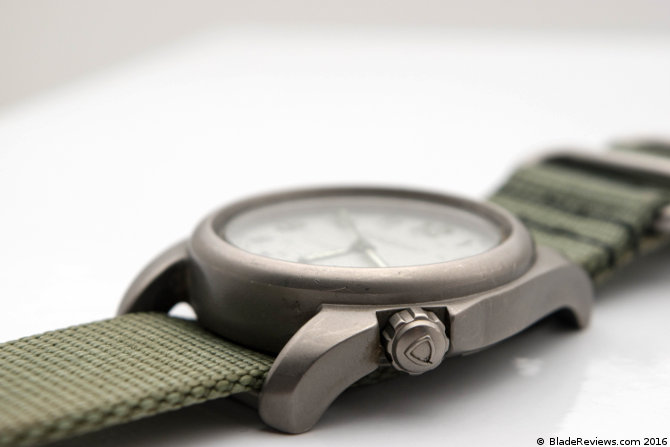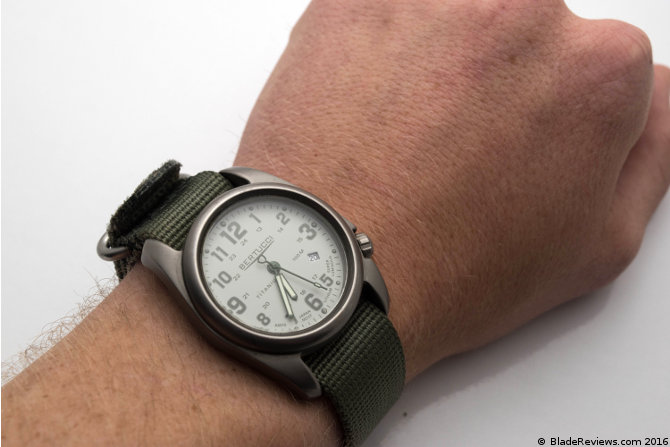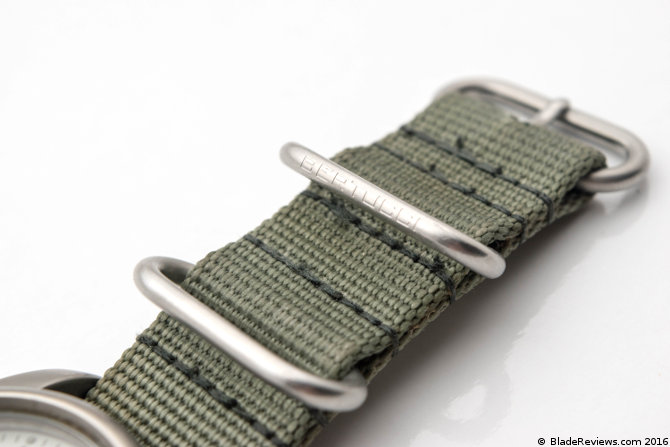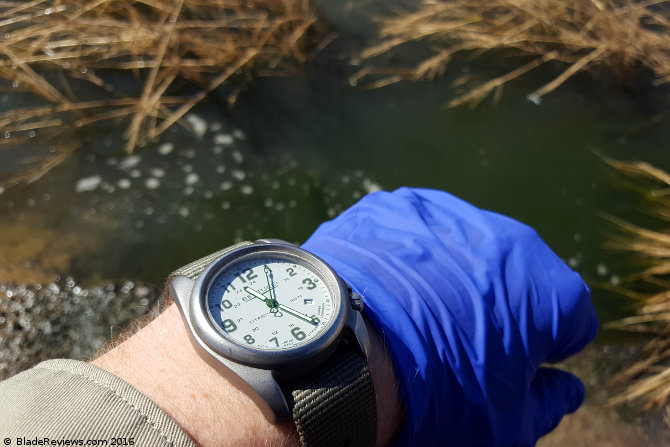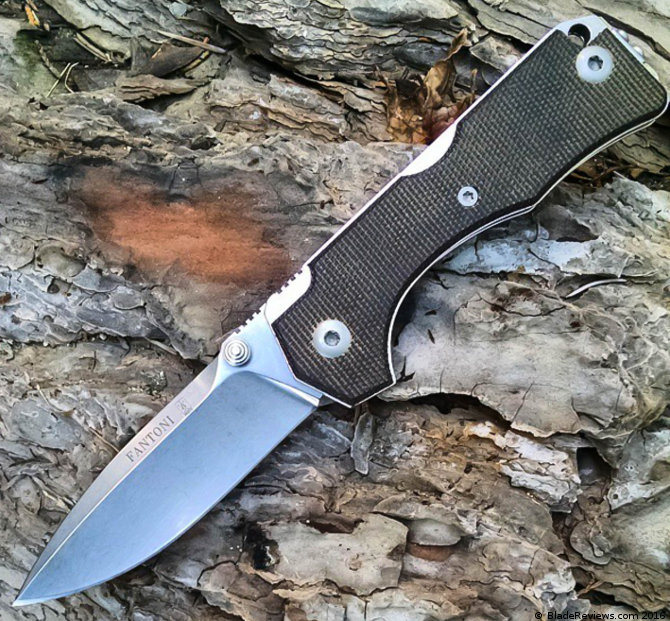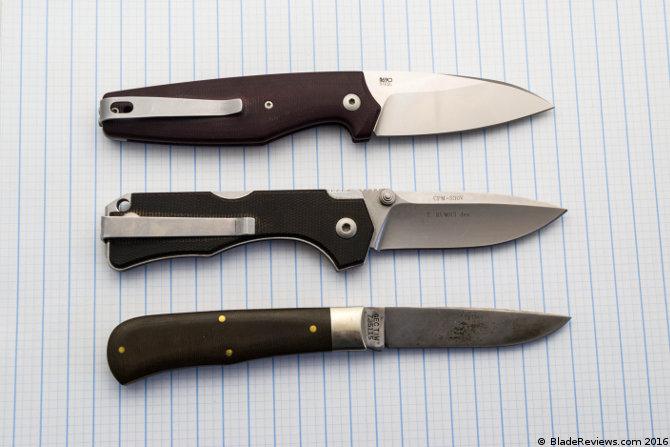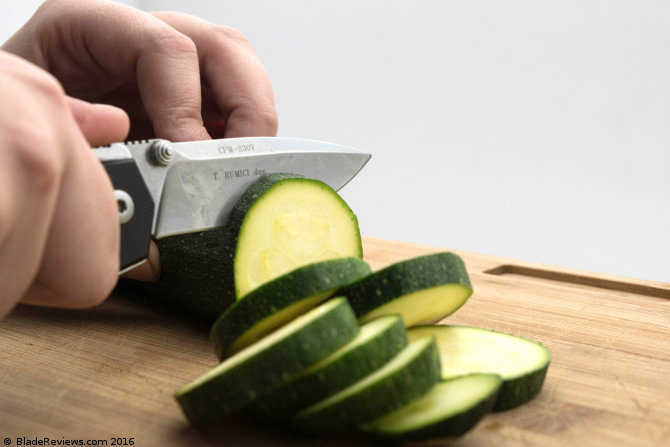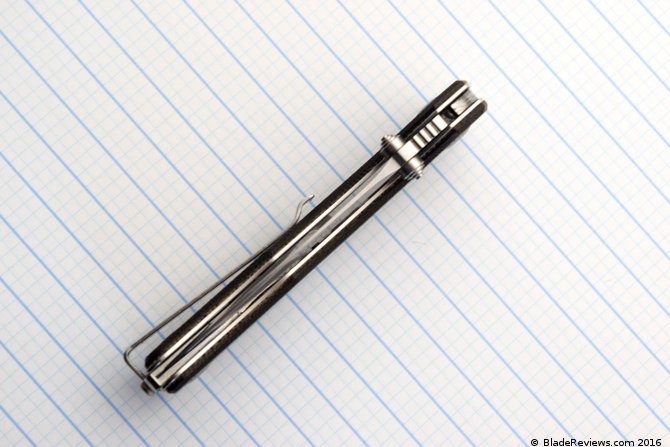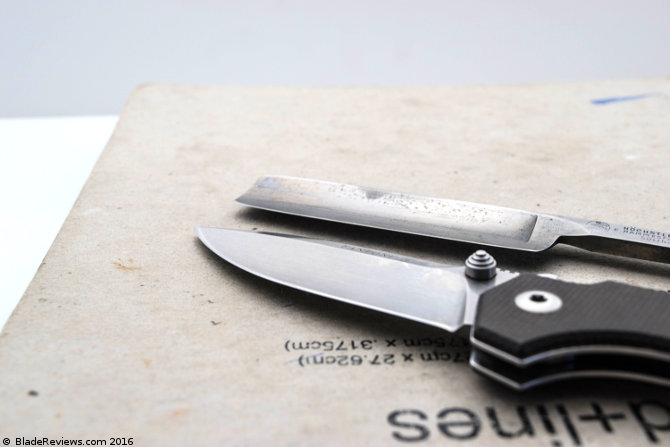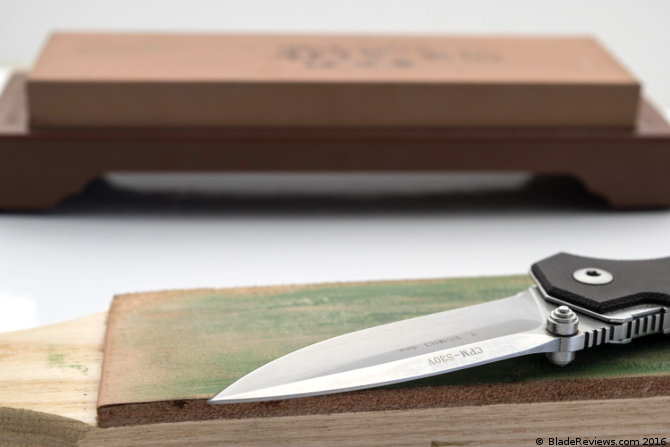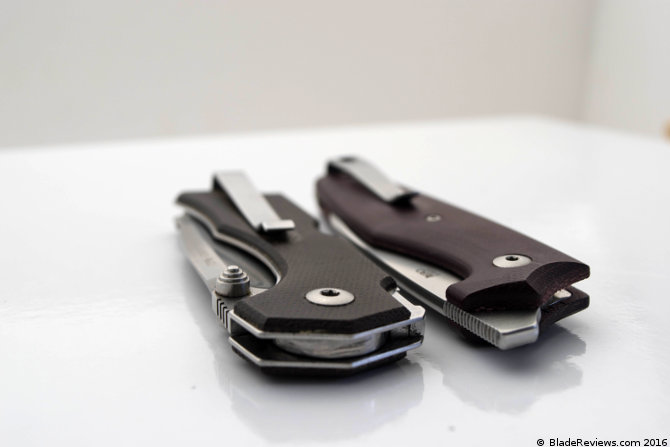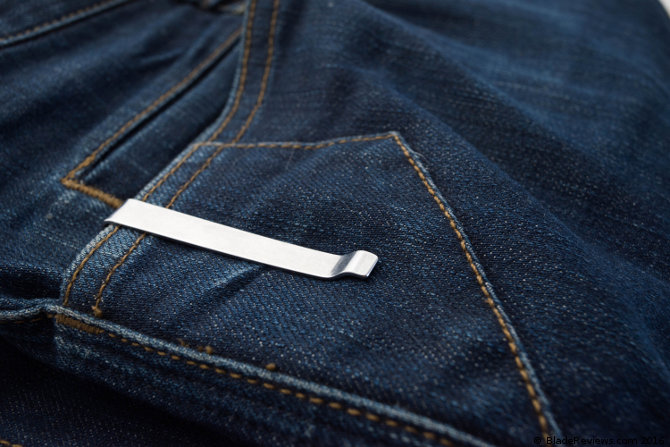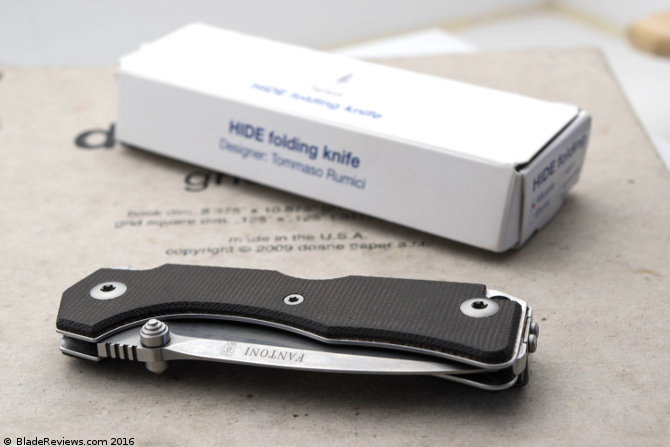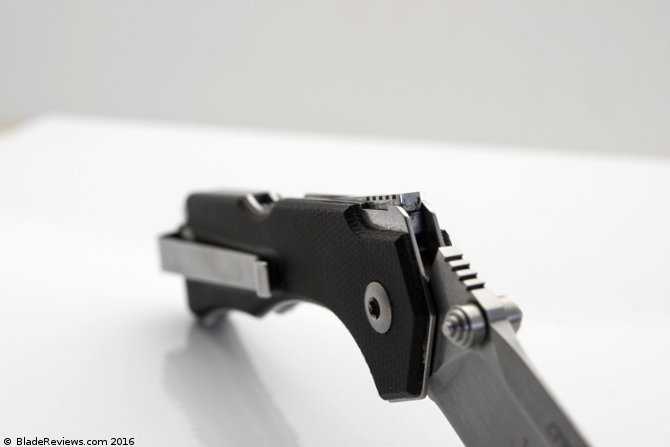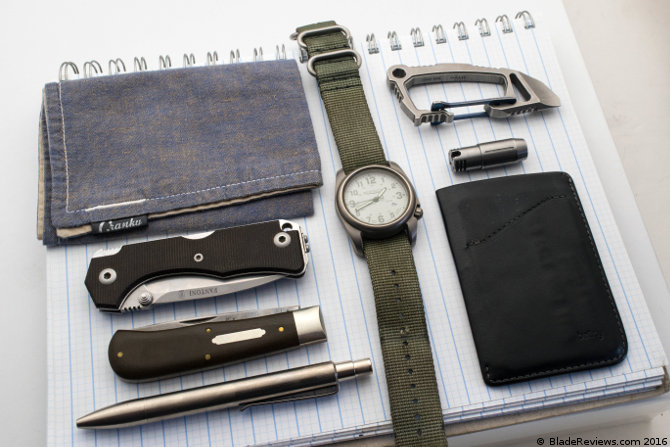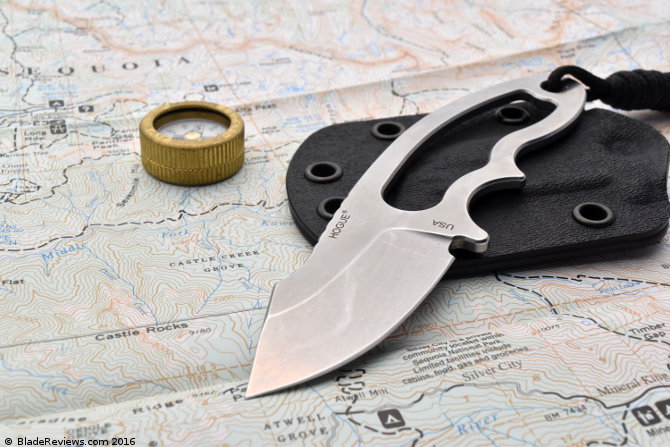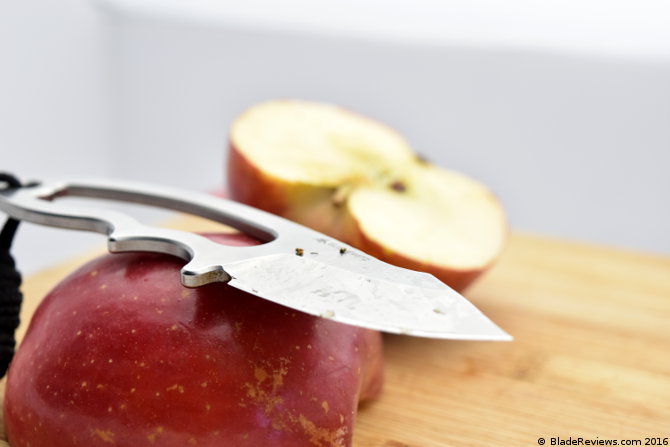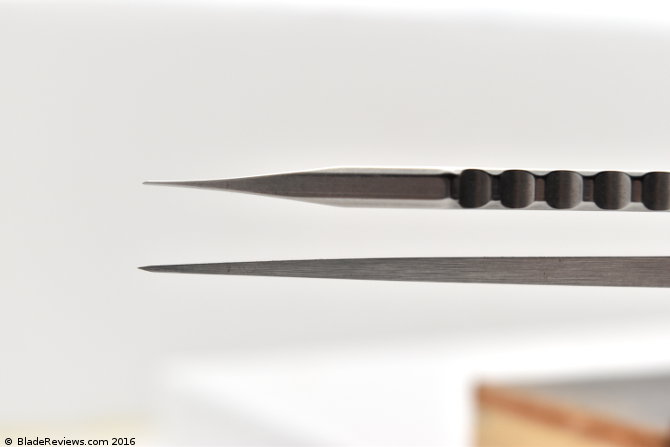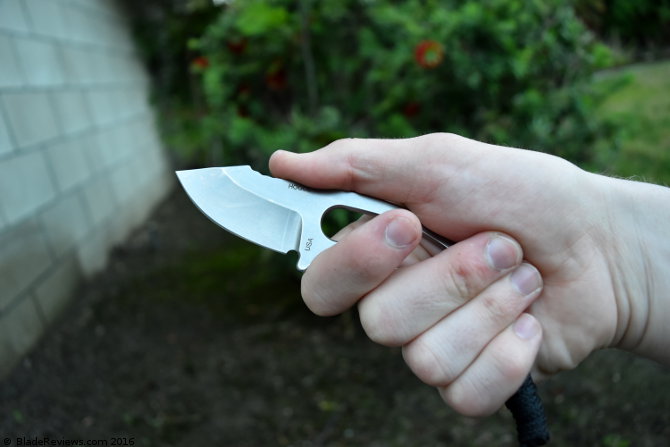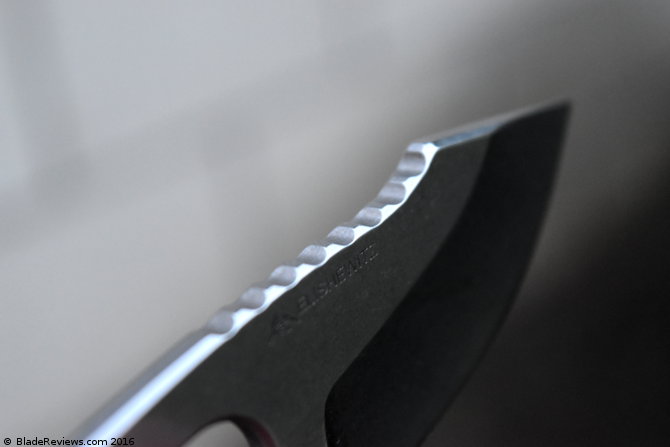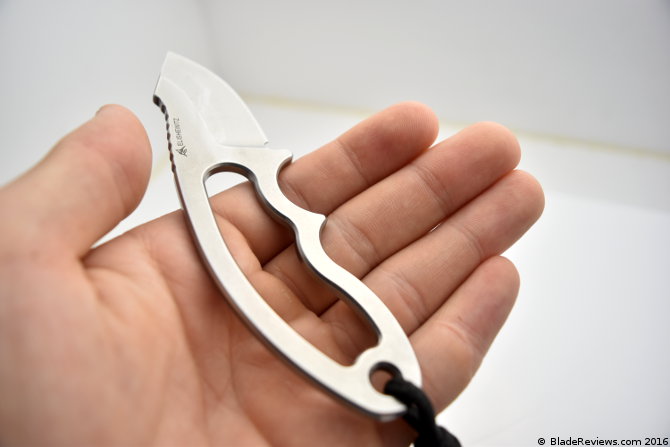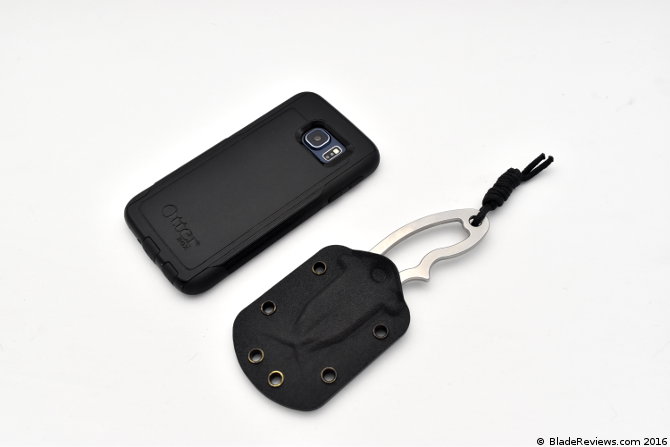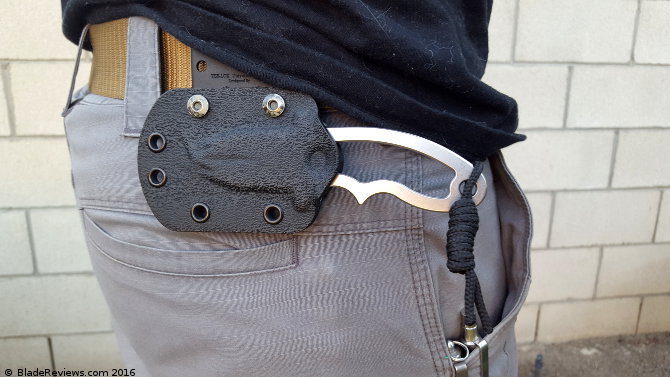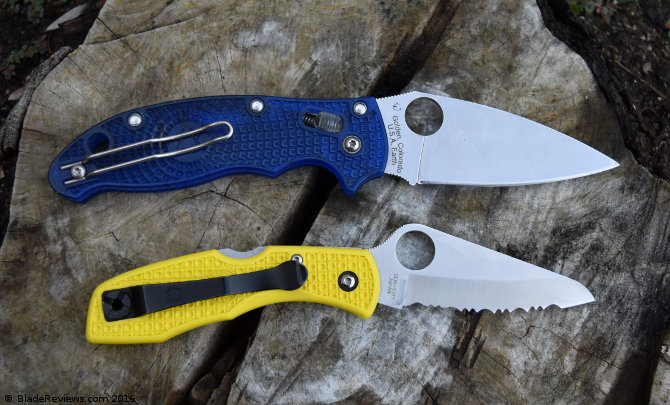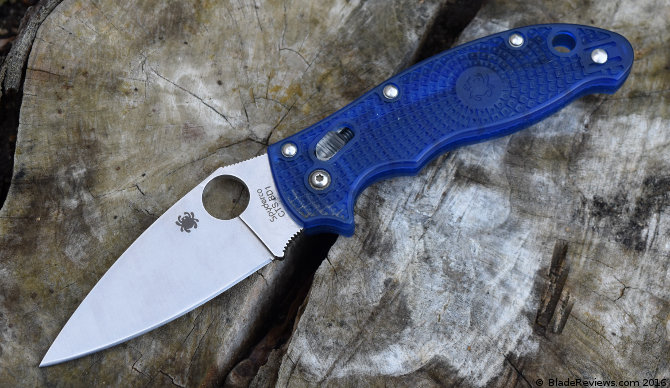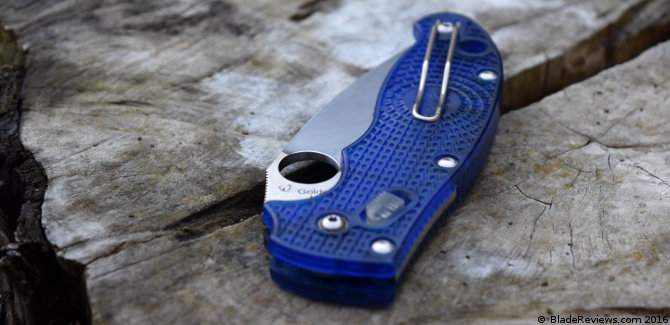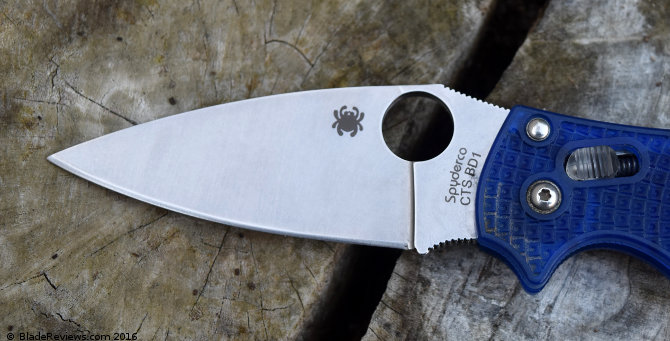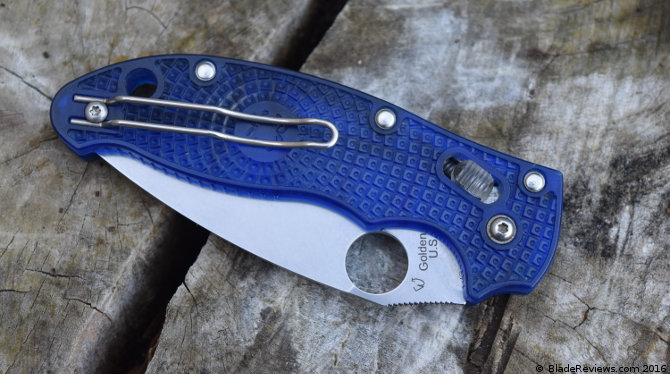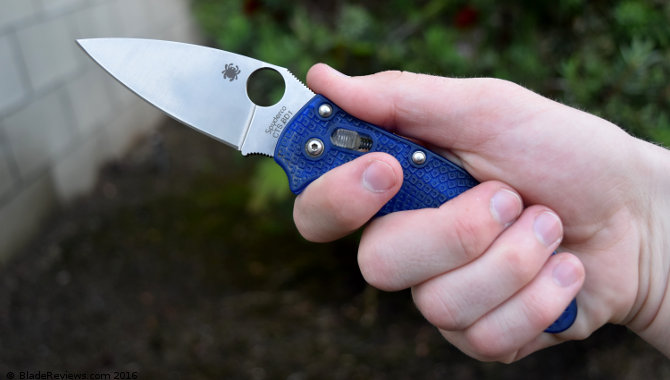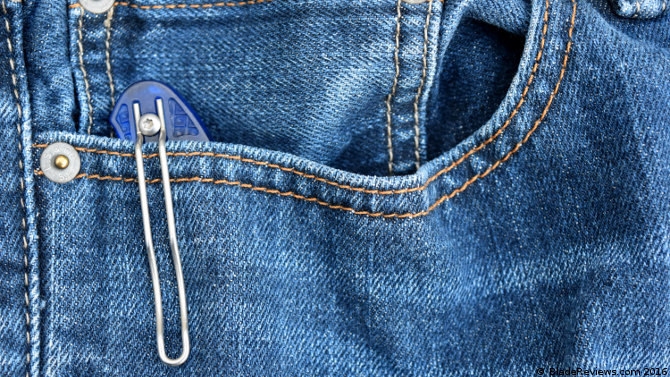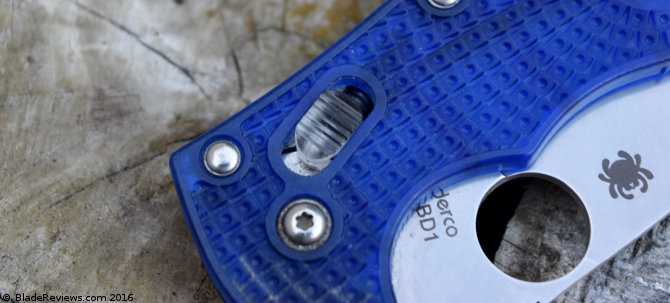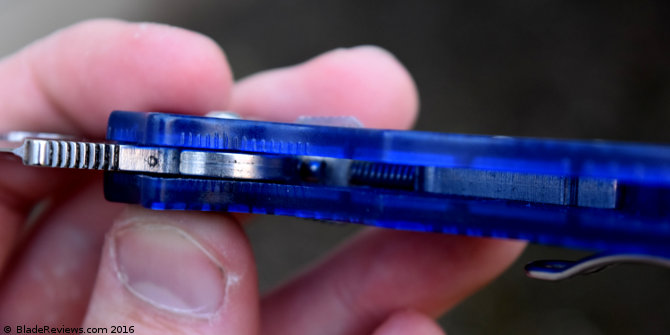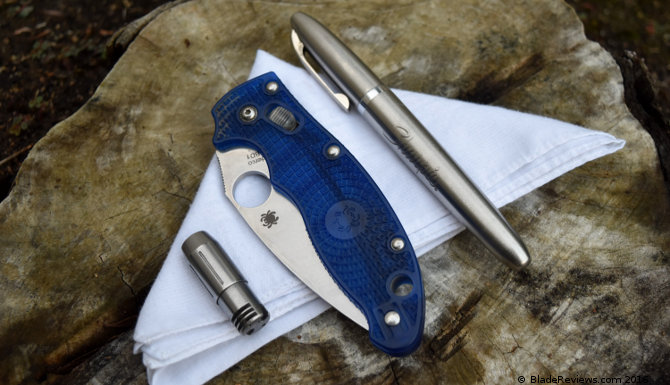Last Updated: May 20, 2019
Alright, peer pressure, you win. You finally got to me. After holding out for god knows how long, I finally jumped on the titanium-flipper-framelock (henceforth TFF) bandwagon. Not just any TFF, mind: if I’m challenging my own tastes, I’m going all the way. Full bore. Thus, I decided to pick up a Zero Tolerance; my first ZT, excepting my brief flirtation with one of their pens. The only concession I granted to my own predilections was blade length, and that’s in part due to workplace regulations.
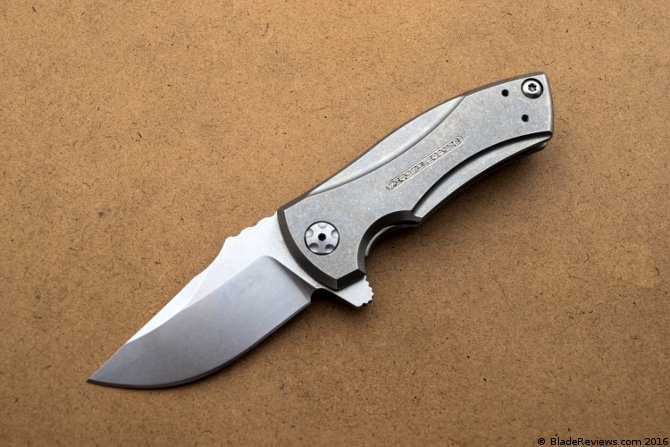
Buy the Zero Tolerance 0900 at BladeHQ
The Zero Tolerance 0900 is a design by Les George that’s based on his “Mini Harpy”, but which also bears a ton of similarity to his ESR series. Les’s design aesthetic is tough to pin down, but his fascination with drop points and simple lines gives me the warm fuzzies inside. Honestly, I’m glad ZT picked a relatively conservative designer for their first sub-3” knife. No tanto point, no funky recurve. Just a solid design.
One of the reasons I steered clear of TFF’s was that I (persnickety a-hole that I am) could always find something to complain about. Whether my excuse was the lack of a lock-bar insert, the steel not being quite good enough, or the blade length being a touch too long for polite company, there was always an excuse. Not anymore. All of the reasons that otherwise would stop me from reviewing a TFF are gone, and my pretensions are crumbling around me. On that note, let’s get into the review.
General Dimensions and Blade Details
Neither Zero Tolerance nor Les George are known for dainty designs, so it should come as no surprise that their collaboration – though short in the blade – is a bit of a tank, weighing in at 4.3 oz. The 0900 has a 2.7” blade, a 3.9” handle, and an overall length of 6.6”. Most of the time I don’t feel the need to mention weight ratios, but this is a lot of weight for such a short blade. It’s shorter and heavier than the infamous Kershaw Cryo. The balance point of the 0900 is perfectly set in the first (and only) finger scallop, so the knife isn’t poorly weighted, just dense. Very dense.
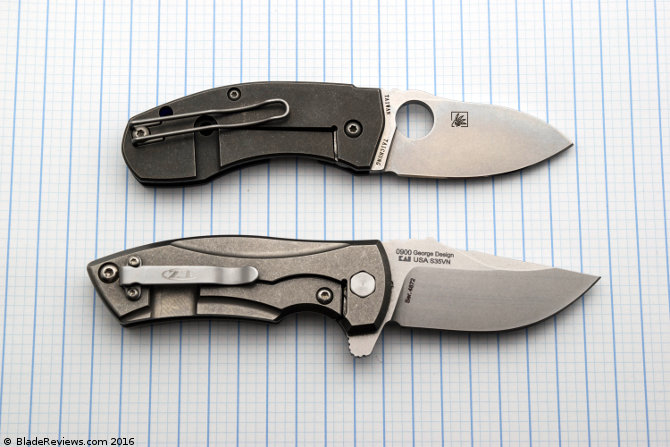
Although this is my first ZT, it isn’t the first I’ve handled. A good friend of mine is firmly in the Zero Tolerance camp, and more than a few of their offerings have passed through his collection at one point or another. Handling those set my expectations pretty high. For the most part those were met; apart from one fatal flaw, that is. The secondary bevel is slightly asymmetric at the tip of the knife. I don’t know how ZT could let this leave the factory in such condition.*
*please don’t kill me KAI, that was sarcasm
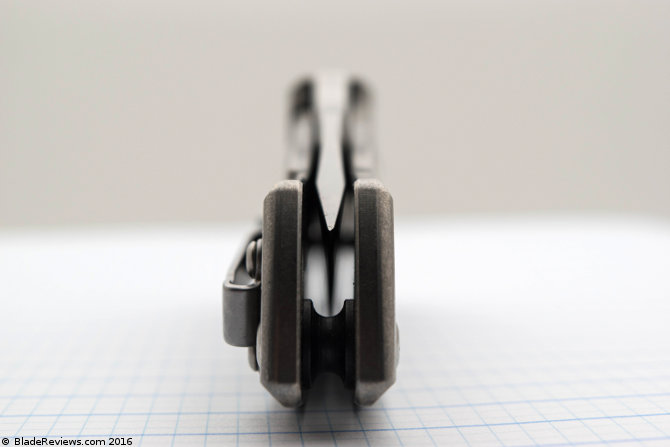
I’m a bit of a stickler for thin grinds, so the chunky blade of the 0900 made me hesitate to pick one up. Fortunately, those fears were unfounded. The 0900 is a much better slicer than expected; the wide blade and high grind gets it thin enough behind the edge to do some real work. So in that sense, it outperformed my expectations. Sadly, it’s still a thick chunk of metal, and the high flat grind can only do so much to help. When compared to other knives in its class – notably the Spyderco Techno and the DPx HEAT/F – the 0900 falls closer to the Techno than the HEAT. That’s a good thing in my book.
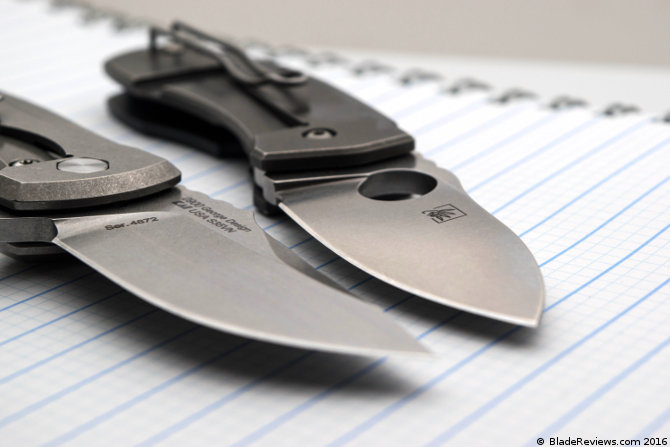
The blade is S35VN, which is probably one of the most well-rounded steels on the market. It’s easier to sharpen than its predecessor S30V and it chips less. Mine arrived with an edge so keen I felt it on my finger before my eyes registered contact. I’ll grant that I haven’t been able to maintain that level of sharpness, but I’m not exactly a gifted sharpener. Infrequent stropping has kept it sharp enough for my needs.
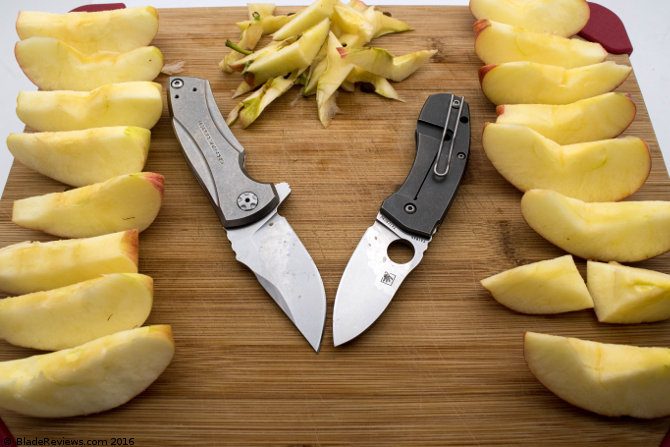
Handle, Ergonomics, and Carry
Les George tends to use fairly simple lines in most of his designs. As a result, Zero Tolerance didn’t have to flex outside of their comfort range – at least, not far out of it – to produce this for a mass market. A good comparison is the ZT0220, designed by Jens Anso. Anso’s aesthetic is more avant-garde and less likely to appeal to a broad market. You can see some of his design aesthetic in the 0220, but it’s so muted that his touch isn’t immediately clear. By contrast, Les’s design aesthetic is much more conservative, and thus easier to translate. Ultimately this feels like a Les George produced by Zero Tolerance, not a Zero Tolerance designed by Les George.
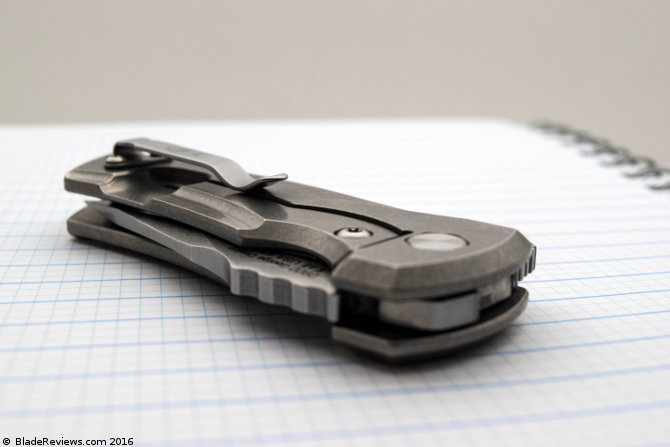
In my experience, ZT knives have had good (but not great) ergonomics. I’ve occasionally been blown away: the contoured handle of the 0454 and the thumb placement on the 0392 come to mind, but those are the exceptions, not the rule. As such, I expected the 0900 to be solid in the hand, but nothing to write home about. That was a mistake on my part. This knife melts into my hand in a way that I never would have expected. It almost sings. My error lay in assuming that the contours were simply for visual appeal, and that otherwise it would feel like any other slab-handled knife. Photographs did the design no favors. The contours are deep and well chamfered, allowing your palm to wrap around the handle without feeling like you’re holding a slab of metal.
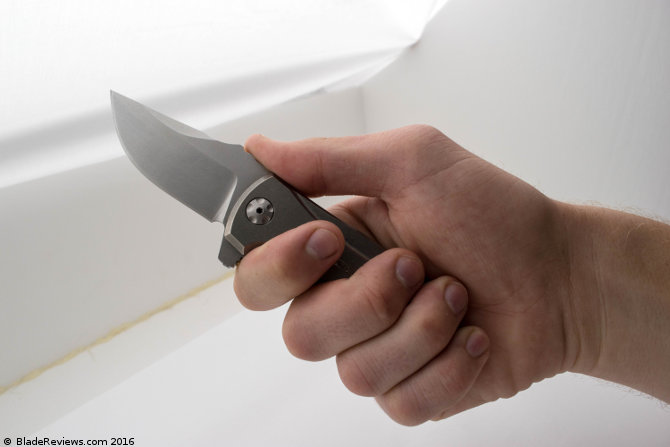
Sadly, this knife carries about as well as expected: by that I mean that you need the right pants to carry it securely. Part of the problem is the clip. What makes it great in the hand makes it a bit unreliable in the pocket: allow me to explain. The 0900 (like many modern ZT’s) uses KAI’s deep carry pocket clip. It’s unobtrusive and matches the lines of this particular knife, but has a very thin point of contact on a very wide handle. This problem is exacerbated by the placement of the clip, as around half of the point of contact hovers over the lock bar, which means it’s hovering over empty space when the knife is closed. In work pants, this hasn’t been an issue, but in dress pants, quick-drying shorts, or other thin materials, it’s lead to some anxiety.
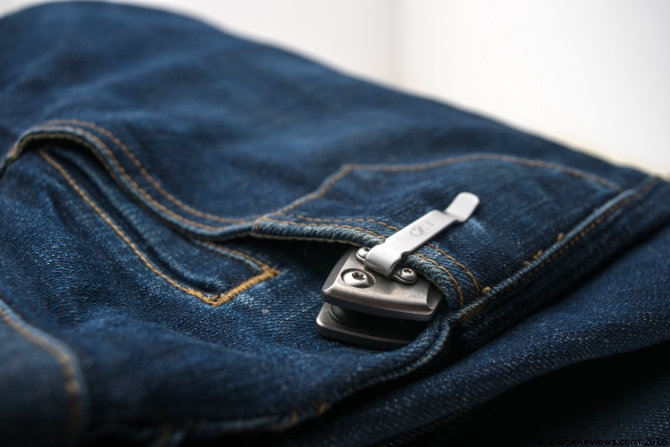
Deployment and Lockup
This is the part where I eat a healthy dose of crow. As much as I dislike the market’s obsession with flippers, I have to admit that the 0900 is significantly more fun to fidget with than any other knife I own. The deployment is crisp, clean, and requires zero wrist flick. No weird problems with the lockbar were experienced. Keep everything well-oiled, keep grit out of the bearing race, and you’ll be perfectly satisfied. It’s worth noting that I haven’t seen any of the odd lockbar issues others experienced on the 0450.
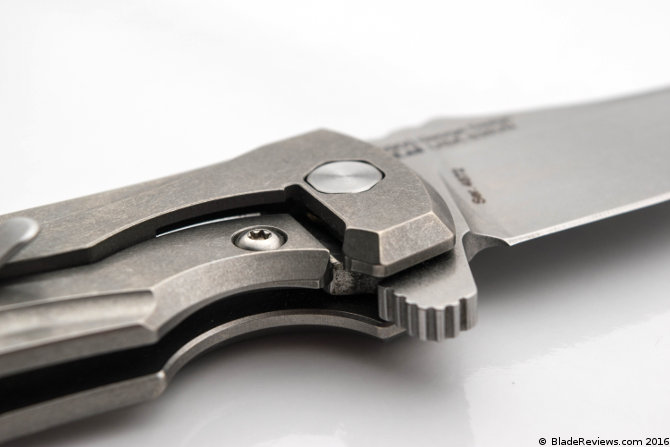
What can I say? There’s no stick, and lock up has consistently fallen around 40%. The replaceable steel insert is a very nice touch. In addition to warding off lock stick and making potential repairs less onerous, it also functions as an overtravel stop. To date, I haven’t experienced lock rock or blade play, and I don’t expect to. Would I like a lock that keeps my hands out of the blade path? Yeah, but this is as close to perfection as a framelock can get, so I can’t bitch too much.
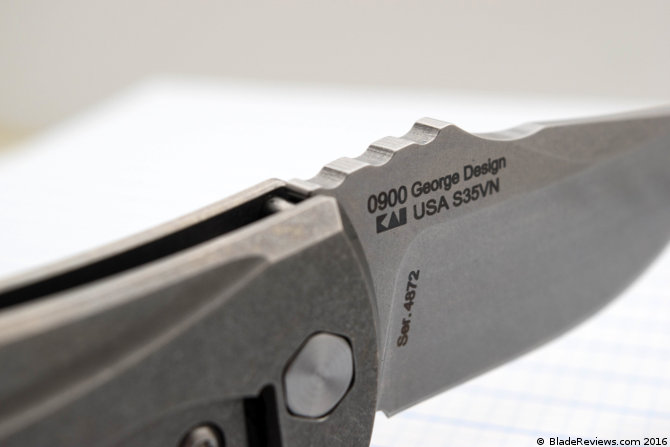
Zero Tolerance 0900 Review – Final Thoughts
My complaints are pretty minor: I’d like a thinner grind, a different clip, and maybe a bit of weight off the whole package, but those are wants, not needs. It’s exciting enough that Zero Tolerance took a step into the sub-3” category. I hope the 0900 – and the 0450, and the 0808, for that matter – sell well enough that ZT pays more attention to this share of the market. If the recent runs in blue and gold are any indication, that’s exactly what’s happening.
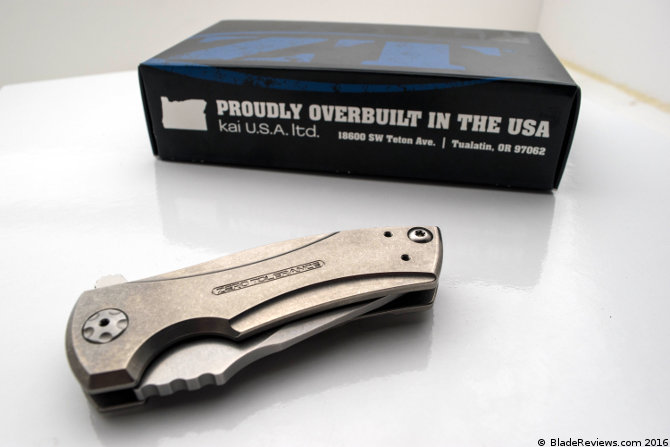
There is some stiff competition for the 0900. The “little big knife” concept has been around for awhile, and other companies have been doing a lot to refine their own offerings. Spyderco’s Techno and DPx’s HEAT/F are fairly popular and fall in the same price bracket. How does the 0900 stack up to those two? Pretty well, actually. The hollow full flat how is this not a hollow grind of the Techno beats out the flat grind of the 0900, but the George design has better ergonomics and the benefit of a steel lockbar insert. While I’m sure the HEAT/F makes for a great rescue knife, it’s far too chunky for everyday tasks, so I think the 0900 has the edge here as well.
I’ve pigheadedly prided myself on steering as clear as I can from the whole TFF market. I don’t like it when a meta (to use gamer jargon) is solved; in my view, it leads to more iteration at the expense of innovation. My problem is that the 0900 is good enough to shut down any objective complaints I have about a titanium flipper framelock. When those issues are solved, my recalcitrance rings less of legitimate criticism, and more of hipster-ism. If you like flippers already, chances are you’ll like the 0900. If you don’t, this is a great (albeit expensive) way to test the waters.
- Durable S35VN stainless steel makes the smaller, classic drop-point blade tough, chip resistant and razor sharp
- Stonewashed finish gives blade and handle desirable roughened, scuffed look and helps hide scratches
- Reversible, deep carry pocketclip convenient for left or right handed tip-up carry and sits low and comfortably in pocket
- Ideal EDC; sleek, easy folding pocket knife essential for everyday tasks—survival tool, cutting boxes, self-defense, home protection, tactical use or the perfect gift
- High quality, general all-purpose knife perfect for EDC or use while hiking, camping, fishing, hunting, working, utility or outdoor activities
Editor: I recommend purchasing the Zero Tolerance 0900 at Amazon and BladeHQ. Thanks for reading.
